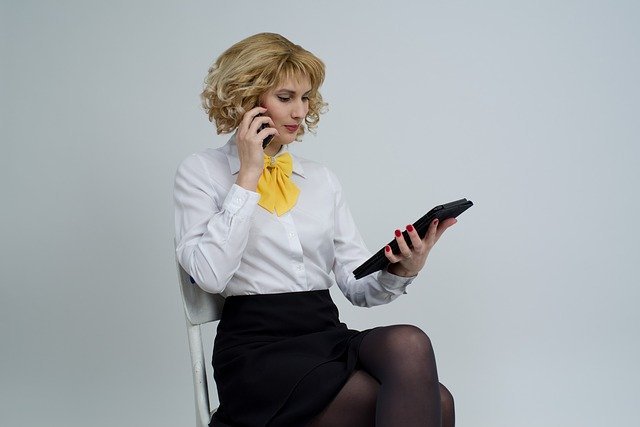
Although most people think that taking a picture is just as simple as pointing and shooting, there really is an art form to it. Typically, your photos never look quite as good as you imagined they would. However, once you learn the proper techniques, it really is simple to take great pictures.
Get close to your subject for a better shot. Getting up close allows you to put a frame around your subject while avoiding any disruptive backgrounds. When you are photographing people, this makes it easier to hone in on facial expressions, as well. This ability is important for anyone who wants to take portrait shots. By being too far away from your subject, you often miss the minuscule details that can make a picture truly great.
Pay attention to the speed of your shutter and test out various scenes by alternating it. A moment in time can be captured by a photograph, and then grouped with others to show an expansive time period. Faster shutter speeds should be used to capture objects in motion, while slower shutter speeds are great for still shots.
Avoid taking pictures under an overcast, cloudy sky if possible. Including too much of a gray sky will make your pictures appear muted and washed-out. A black and white photo might work best if you have to shoot an overcast sky. If the sky outside is a beautiful blue, include it in your photos but watch the light.
Overcast skies aren’t great for pictures. Capturing an excess of gray sky in your image can cause your pictures to look washed-out and muted. For a photo that will include a large section of overcast sky, black-and-white may be a better choice. However, if there’s a beautiful blue sky, use it as often as you want to; however, you should still be aware of the light.
Be prepared to take notes when you practice photography. When you are looking through the many photos you have taken, it can be hard to recall the locations in which you took them, or your feelings as you were doing it. Use a notepad to write down photo descriptions as well as the file name or number of the photo.
Do not make adjusting your settings too complex. Master one control at a time, such as the shutter speed or the aperture, before taking on the next. Doing this focuses your attention on the image itself, rather than playing with dials while you lose your subject.
It is important to combine your ISO, aperture, and correct shutter speed. It is those three elements which make up the exposure of the shot. Over- or underexposed pictures should be steered away from, unless this is the particular look you are seeking. With a little experimentation, you can strike the right balance between the 3 settings to deliver the results you want.

All parts of the landscape will be visible in your picture, so be sure to pay attention to what will be at the front of the image. Be sure your foreground is well composed so that your picture will be strikingly framed and create a great illusion of depth.
When trying to compose your photos artistically, less really is more. Do not crowd a shot with unnecessary visual elements. Know what the focus of your shot will be and maintain a simplicity of message, so that it can be fully understood by viewers.
Here is a handy photo tip! Learn as much as you can about the speeds your shutter has. A camera comes with a variety of settings. P,M,A and S are some of those options. The “P” on the camera represents program mode. This setting is automatic, which means you don’t have to worry about setting the shutter or aperture speed yourself. The “P” setting should be utilized when you are unsure about what you will be going to shoot.
Often, the subject is directly staring at the camera. A great and unique picture is to have the person you are photographing look off in the distance at something. You can also achieve a distinctive look by asking the subject to focus on a person or object within the frame.
Even if you don’t know your models, make sure they feel comfortable. Some people may feel threatened by the person taking their photograph, making them uneasy. Be friendly and start a conversation, then kindly ask for permission to take photos. People should know that it’s art and not a privacy invasion.
Although counter-intuitive, wearing white in a photograph is actually a terrible idea. If you are using the auto focus feature on your camera, it will record many varying colors and shading that it picks up through the lens. If you are wearing too much white, you can end up looking washed out in your photographs.
Sometimes photos can turn out to be a disappointment for you. That is not an issue you will have in your future, if you put the insights from the preceding paragraphs into play. These tools can help you take better pictures and putting them on display will be something you cannot wait to do.
Consider sending along some advance advice on how your subjects will want to dress when you are setting up a group photograph. They do not have to match, but the photos will look better if the colors that are worn complement each other. Recommend warm colors or neutral shades, as they go well with natural surroundings. When a group insists on using more colors, especially bright ones, try to encourage a mix of colors and black. This ensures that the photo is not one with clashing colors detracting from its quality.

